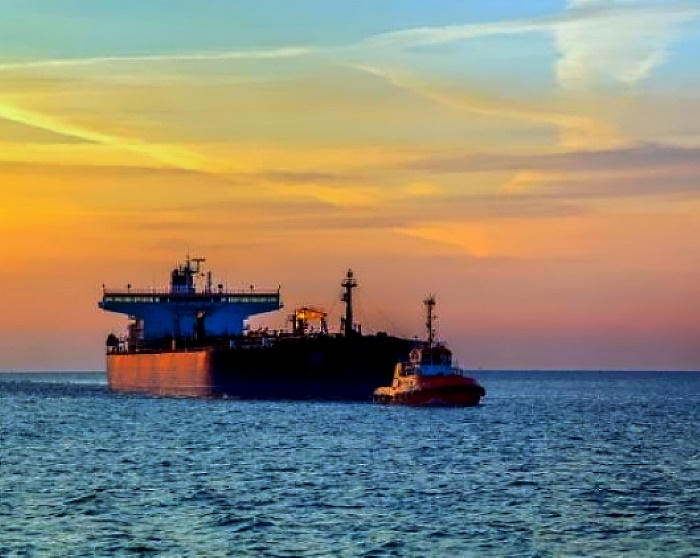Ship owners’ appetite for crude tankers has intensified since the start of 2021, manifesting itself in an increased newbuilding contracting pace. According to shipboker Intermodal’s data, year-to-date, crude carriers contracting activity in dwt terms is estimated at around 9.6 million which is about +47.7% when compared to the same period last year (6.5 million dwt).
In its latest weekly report, Intermodal said that “last year crude tankers’ newbuilding contracting activity was devastated by the economic effects of the Covid-19 pandemic and the cloud of uncertainty regarding eco-friendly technology adoption which amplified concerns over the technology and fuelling choices on the newbuilding units. Covid-19 restrictions significantly impacted owners’ appetite for new orders, which coupled with the divided view on the long-term technology implementation caused a severe blow on the shipbuilding industry. At the time of writing, both concerns are still present”.

According to Mr. Yiannis Parganas, Research Analyst at Intermodal, “despite worldwide vaccination, the pandemic remains with lockdown restrictions being imposed around the world. In addition, there is no clear view on which type of fuel will be the next generation one, yet with LNG retrofits gaining a bigger market share week by week. However, today the shipbuilding tanker market activity witness a completely different outlook, with the volume of newbuilding contracts emerging w-o-w being significantly strong and the NB values at levels that we last observed back in 2015. With respect to the latter fact, we could agree that the recent spike in steel prices has supported a large part of newbuilding value increases; nevertheless, with the cost for new investments burdening the owner’s capital, it is evident that the appetite for new vessels is strong”, Parganas.
“According to our preliminary data, YTD crude carriers contracting activity in dwt terms is estimated at around 9.6 million which is about +47.7% when compared to the same period last year (6.5 million dwt). The majority of orders that have materialized so far this year referred to VLCC units which account for 71% of the total orders (27 of the total tanker contracting activity of 38 units). If buying interest for crude carrier tonnage continues at the same pace it would not be a surprise to see 2021 contracting activity doubling the previous year volumes (around 15.4 million in dwt terms during 2020). Solely for the purpose of comparison, 2019 total contracting activity is estimated at around 19.6 million dwt with January-May 2019 newbuilding volume at 7.45 million dwt, a time period where the Coronavirus pandemic would stand as a science fiction theory”, Intermodal said.

“As far as the asset values are concerned, average prices for VLCC, Suezmax and Aframax units to be constructed at top tier yards are estimated at $95.0M, $63.M, and $50.5 million respectively. A picture is worth a thousand words and that can be evident if we take a closer look at page 6 Indicative Newbuilding Prices table where a comparison with average values of the past 3 years can easily be made. Average prices of all sectors are hovering well below today’s values. Again, for the sake of clarity, 2021 average VLCC, Suezmax and Aframax newbuilding prices stand at $90.0M, $59.5M, and $49.0 million. It remains to be seen, whether Chinese authorities will manage to curb iron ore prices and subsequently steel values. Such a depreciation on the respective commodities will be reflected on newbuilding values as well; however, if China’s exertion in containing steel prices remains unsuccessful newbuilding prices will appreciate further according to the underlying steel inflationary trend”, Parganas concluded.
Source: Hellenic Shipping






